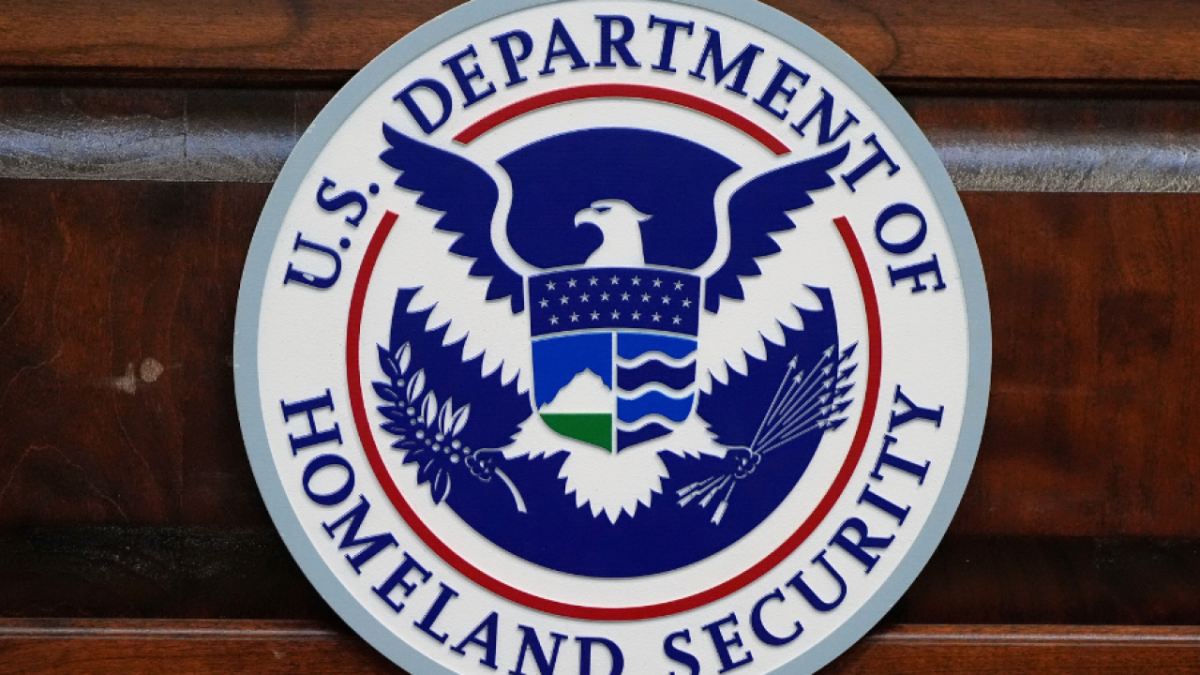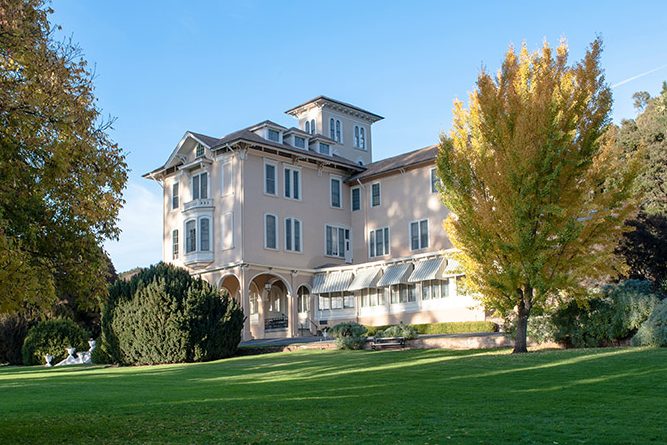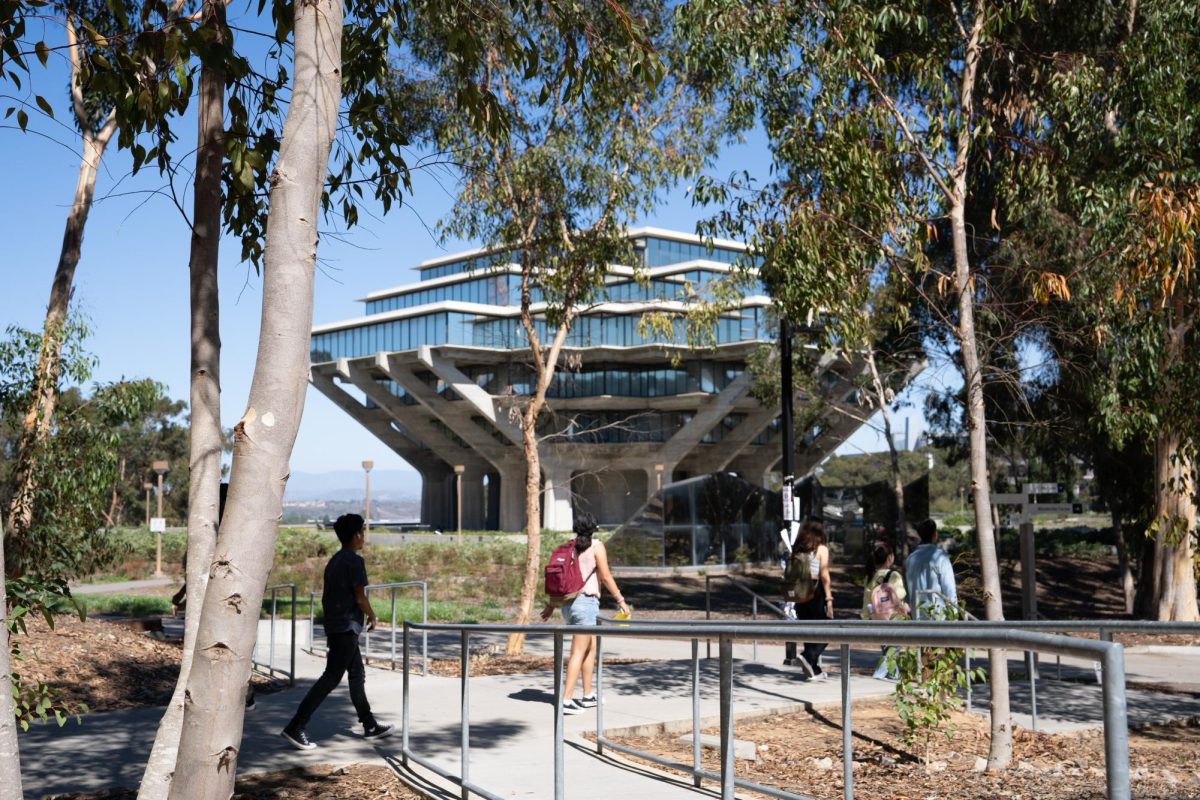The UCSD Extension program has added over 300 courses to its catalog this year, nearly doubling the number of online classes offered.
Extension is a series of courses taught at and associated with UCSD, though anyone is able to enroll. In the past three years, the program has seen an 11-percent increase in enrollment, with a two-percent growth in 2010.
Classes were also added to expand the program’s subject diversity, specifically for online classes.
Assistant Dean of the UCSD Extension Program Henry DeVries said that the recession means graduates are eager to find further specialization, leading to higher demand for these courses. According to him, 85 percent of Extension students already have a college degree.
“Enrollment is increasing because job seekers are unable to find work in their preferred fields and they’re going back to school to gain experience to bridge to areas of higher job demand,” DeVries said. “Continuing education certificates are an attractive way to transition to employment areas like health care, information technology or green jobs.”
UCSD Extension’s Director of Online Learning Elizabeth Meyer said the popularity of online courses is growing due to their convenience.
“Online courses are become more increasingly accepted as a means for education,” Meyer said. “These are courses that are taught face-to-face but are also online; some of [these are] new courses from the ground up. In other words, they have not been taught before, and some of them are new to online because we found that more people wanted to take courses online.”
There are three variations of online classes offered at UCSD Extension: blended, hybrid and fully online courses. Blended and hybrid courses rely on both face-to-face and online instruction and have seen a 10-percent increase this year in enrollment, while fully online courses have expanded by 38 percent, according to Meyer.
“In some ways, I think some people would say it’s a more engaging experience, especially the discussion boards,” Meyer said. “For instance, I am getting my masters through George Washington University, and they timed the online discussion and found it was equivalent to six hours of talking. In a three-hour lecture course, there is no way they’re going to have that much discussion happening.”
Another component of Extension is the network of 700 advisers who provide advice to prospective students.
The Extension classes receive feedback via student surveys. The instructor then reads the evaluation forms and incorporates the students’ advice for future courses. Last year, a group of students filed formal grievances against the Digital Arts Program, claiming inadequacy due to an unknowledgeable professor.
The issue was taken over by Head of Student Services Elizabeth Silva, who offered alternative classes and outside help to provide the education the students felt they had not received.
Meyer said that since this issue was resolved, there have been no more complaints about the quality of Extension courses.







